Nepal Trekking Permit and Fees
National Park Fee will be required to trek in major areas such as:
| Destination | Fees | Region | ||
| Sagarmatha Nationa Park (Everest Trek) | NPR. 3000.00 | Everest | ||
| Langtang National Park (Langtang Trek) | NPR. 3000.00 | Langtang | ||
| Annapurna Trek , (ACAP) | NPR. 3000.00 | Annapurna Area | ||
| Manaslu Trek, (MCAP) | NPR. 3000.00 | |||
| Kanchanjunga and Lower Dolpa | USD 20.00 per week per person |
|
||
| Shivapuri National Park (Nagarkot Trek) | NPR. 1000.00 | Around Kathmandu | ||
| Sheyphoksundo National Park | NPR. 3000.00 | Lower/Upper Dolpa |
Special Trekking permit is required to visit Nepal´s restricted areas determined for trekking by the government. If you plan to trek in two different areas, two trekking permits are required.
| Destination | Fees | Area/Region |
| Upper Mustang | USD 500.00/10 days/per person | Mustang/Annapaurna |
| Upper Dolpo | USD 500.00/10 days/per person | Upper Dolpo |
Note: After 10 days US$ 50.00/per day per person for upper Dolpo and upper Mustang.
Manaslu Trekking Permit:
September-November: USD 100.00 for 7 days per person and after 7 days USD 15.00 per person.
December-August: USD 75.00 for 7 days per person and after 7 days USD 10.00 per person.
ACAP (Annapurna Conservation Area Project) Entrance Permit. NPR. 3000.00 per person
MCAP (Manaslu Conservation Area Project) Entrance Permit. NPR. 3000.00 per person
Tsum Valley Trek:
September-November USD 40.00 / person / week. USD 7 per day after one week
December-August USD 30.00 / person / week. USD 7 per day after one week.
Nar Phu Valley Permit
September - November USD 100.00 per week per person and December - August US$ 75 per week per person. USD 15 per person / day (beyond 1 week)
Dolakpa District (Lamabagar Ward No.1 (Lapchi Village) Gaurishanker Ward No. 1 (Beding 9 and Chhorolpa Lake area):
Per week per person USD 20.00
Humla District (Simikot-Yari):
Areas of Limi and Muchu VDC, area way to Tibet via Tangekhola of Darma VDC.
First 7 days: USD 50.00 and after 7 days: USD 10.00 per day per person
Kanchanjunga and Lower Dolpa:
USD 20.00 per person per week.
Notes: To get group trekking permit an application form with other relevant documents should be submitted through registered trekking agency of Nepal and Trekking fee can be paid in Nepalese currency. As for new rules, new trekking pass TIMS (Trekkers´ Information Management System) card is required for trekking in all major areas along with National Park entrance permit. Which is costs: USD 10.00/per person. We Guide in Himalaya arranges trekking permit accordingly before our trekking and tour departure.
Clothing and Equipment
This section is intended to provide information on clothing and equipment requirements. It is not intended to be a final and authoritative checklist. For those who would like a more detailed discussion of these issues we ask you to contact us at info@guideinhimalaya.com
The following is a list of clothing and accessories that we recommend that you take with you. This is not intended to be a comprehensive clothing and equipment list, rather it is intended to act as a reminder of those items that we feel are essential for your comfort and convenience. However we recommend that you may have your own personal preferences for clothing which may be equally as suitable.
Footwear
- Walking boots with suitable ankle support that have been worn-in prior to the trek, and which are waterproof
- Trainer or casual shoes, for trekking and/or for traveling
- Warm socks for colder areas
- Gaiters, in case of rain or snow.
- Ice cleats/shoe gripper if you are going to trek in icy trail or winter trek during snowfall.
Leg wear
- Loose, casual trousers for trekking
- Thermal leggings for colder areas
- Long skirt for women as an alternative to trousers
- Waterproof trousers
Body
- Selection of T-shirts, and long sleeved shirts, preferably not cotton
- Thermal shirt for colder areas
- Warm shirt, possibly fleece, for colder areas
- Fleece jacket or warm wool jumper
- Windproof, waterproof outer shell garment for higher altitudes
- Down jacket (optional for cold nights and mornings; can be hired in Kathmandu cheaply)
Head/Hands
- Wool or fleece hat, or balaclava
- Hat or cap for sun protection while trekking
- Sunglasses or goggles
- Warm gloves
Other items
- Strong rucksack or large hold all to be carried by porters
- Day sack to carry valuables such as passport, cash, camera, travel documents personally
- Plastic bags or stuff sacks to store/separate trekking gear inside your main bag
- One liter water bottle, Personal first aid kit to include essential items
- 3-4 Season sleeping bag, head lamp/torch
- Camera and memory cards, charger, tripod if necessary.
- Large handkerchief/bandana for neck, towel and toiletries.
Optional items
- Binoculars, Books or an eBook, Altimeter, Compass and GPS.
- Playing cards, backgammon and chess set etc.
Recommended Mountaineering Kit
In addition to the items mentioned above for trekking, the following is a list of the additional specialist items which are required for the trekking peaks.
Plastic or leather mountaineering boots, with gaiters and crampons that have been tested for a good fit.
For Peak Climbing:
- fleece trousers
- Additional mitts and gloves suitable for climbing
- Ice axe, and ski poles (note - ice axe can be hired in Kathmandu)
- Climbing harness
- 2 x tape slings
- 2 x screw gate karabiners
- Descended/abseil device
- Ascender
And finally, the most important things that you must take with you are a sense of humor, an open mind, and an understanding that a trip to Nepal is an adventure to a land which is very different to your own country
All the foreigners except the Indian, needs to have a vadid passport and a visa to enter Nepal visa can be availed from Nepalese diplomatic missions and consular offices station abroad or upon arrival at Tribhuvan International Airport (TIA) and other entry points.
People of these countries do not get visa upon arrival at the immigration entry points of Nepal: - Nigeria, Ghana, Zimbabwe, Swaziland, Cameroon, Somalia, Liberia, Ethiopia, Iraq, and Palestine, Afghanistan.
Visa Information
Tourist visa:
- The foreign tourist visiting Nepal will be granted the tourist visa.
- The tourist visa will be granted for maximum 150 days in a visa year (Jan-Dec).
- Tourist who has departed before the expiry of the period specified in the visa issued in a visa year will not be allowed to use the by adding the remaining to another visa year.
- If any foreigner who has entered into Nepal towards the end of visa year desires to spend even the period during which he/she may stay in Nepal with the tourist of the other visa year, he/she may use such facility.
- Provide, however, that the computation of the fees for such period will be made on the basis of the total period of his stay.
Transit visa:
Foreigners who have entered in Nepal to stay for a night in the country and willing to use Nepal’s airport to visit another country with plane ticket foreigners, travelling in the accidentally force landed plane for any circumstances will issued for one day.
Visa fees:
- USD 25 for Tourist Visa with the multiple entries for 15 days.
- USD 40 for Tourist Visa with the multiple entries for 30 days.
- USD 100 for Tourist Visa with the multiple entries for 100 days.
Other Banking Information:
Foreign Exchange: Foreign currencies must be exchanged only at banks or at the authorized foreign exchange dealers. The receipts from such transaction are to be obtained and retained. Visitors can also exchange money at the foreign exchange counter at TIA upon arrival.
Banks: Nepal has modern banking facilities and some of the International Banks have their own offices in Kathmandu. Almost all foreign currencies along with credit cards such as American Express, Visa and Master Card, etc. are accepted in Nepal at major hotels, shops and restaurants. Banks are open between 90:00AM and 06:00PM from Sunday to Friday and ATMs are accessible 24 hours a day. Banks are closed on Saturdays and on public holidays. But some banks are opened on Saturdays and on public holidays too.
Time: Nepal standard time is 5 hours 45 minutes ahead of GMT and 15 minutes ahead of Indian standard time.
Official Holidays: Saturday is the weekend holidays in Nepal when most government offices are closed. Most business houses, however, remain open on Saturday and on public holidays as well.
Working Hours: Govt. offices open from 10:00AM to 05:00PM in simmer and 10:00AM to 04:00PM in winter.
Wilderness Excursion strongly recommends Travel Insurance for all the clients who are going to join in any of our adventure activities. Your travel insurance must provide cover against personal accident, medical expenses, emergency air ambulance/helicopter rescue services and personal liability.
Before your departure to the trip, our tour leader will need to see your insurance policy. However, we would already have asked a copy of your insurance policy during your booking with us. Please ensure you have your policy number and emergency telephone number for your insurance company. If this is unavailable please ensure you provide us with the necessary information required by your Insurance Company in case of an emergency.
Having good travel insurance will not only guarantee you peace of mind while you travel with us but also provide you with complete cover for anything things that may go wrong.
AMS, generally known as Acute Mountain Sickness is a particularly important medical consideration while trekking in high Himalayas of Nepal. High altitude sickness means the effect of altitude on those who ascend too rapidly to elevations above 3000/10,000 ft. The occurrence of AMS is dependent upon the elevation, the rate of ascent, and individual susceptibility. Many people will experience mild AMS during the acclimatization process and this is actually more common in fit young people because they are more likely to try a fast climb by racing up the mountain like some indestructible super hero! As a general rule, it is far safer and more enjoyable to avoid altitude sickness by planning a sensible itinerary that allows for gradual acclimatization to altitude as you ascend, but you could run back down as fast as you like! The symptoms of AMS include:
- Nausea, vomiting, Loss of appetite.
- Disturbed sleep/Insomnia, persistent headache.
- Dizziness, light headedness, confusion, disorientation, drunken gait.
- Weakness, fatigue, lassitude, heavy legs, slight swelling of hands and face.
- Shortness of breath and breathing irregularity, reduced urine output.
- General feeling of malaise
These symptoms are must be considered very seriously. In case of an appearance of any of the above mentioned symptoms any further ascent should be avoided otherwise more serious, even life-threatening troubles might happen. The only cure for Altitude Sickness is to descend to lower elevations immediately. Acclimatization by ascending to no more than 300 to 500 meters per day above 3000 meters, and the proper amount of rest and dehydrations are the best methods for prevention of AMS, So, gentle ascent is always pleasing to try to avoid acute mountain sickness. The trekking itineraries in this site are designed to ensure maximum enjoyment of trek and to minimize possible hazardous happening.
Some basic guidelines for the prevention of AMS:-
- Don´t fly or drive to high altitude. Start from below 3,000 and walk up.
- Climb high and sleep low!
- Increase your altitude by 300-500 meters per day only.
- Stay properly hydrated and drinks enough water.
- Urine output should be copious and clear to pale yellow.
- Avoid tobacco, alcohol and other depressant drugs
- Eat a high calorie diet while at altitude.
- If someone is sick in group, shouldn’t be left behind.
- He/she needs help and care.
- If symptoms are appearing, GO DOWN, DOWN, DOWN!
In conclusion, there are no worries about it for a perfect trekking but, light activity during the day is better than sleeping because respiration decreases during sleep, exacerbating the symptoms. Thanking you!
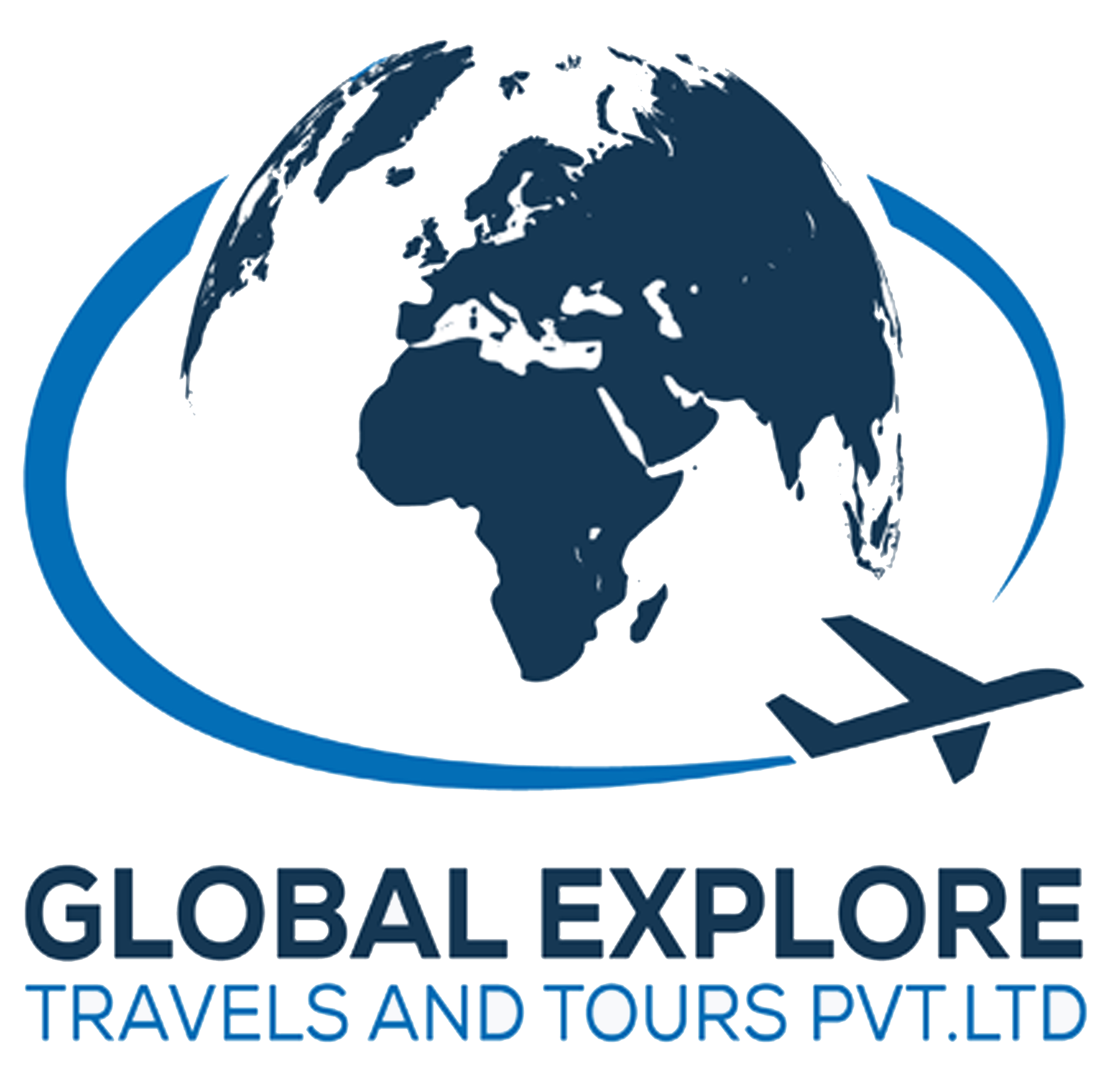

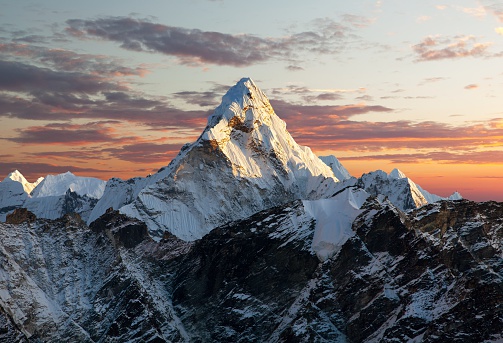
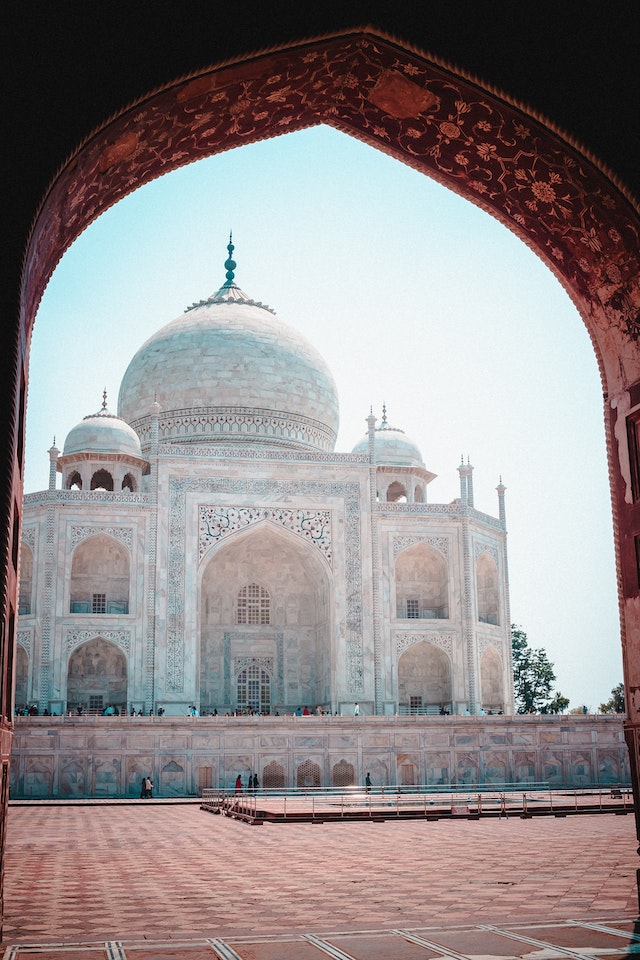
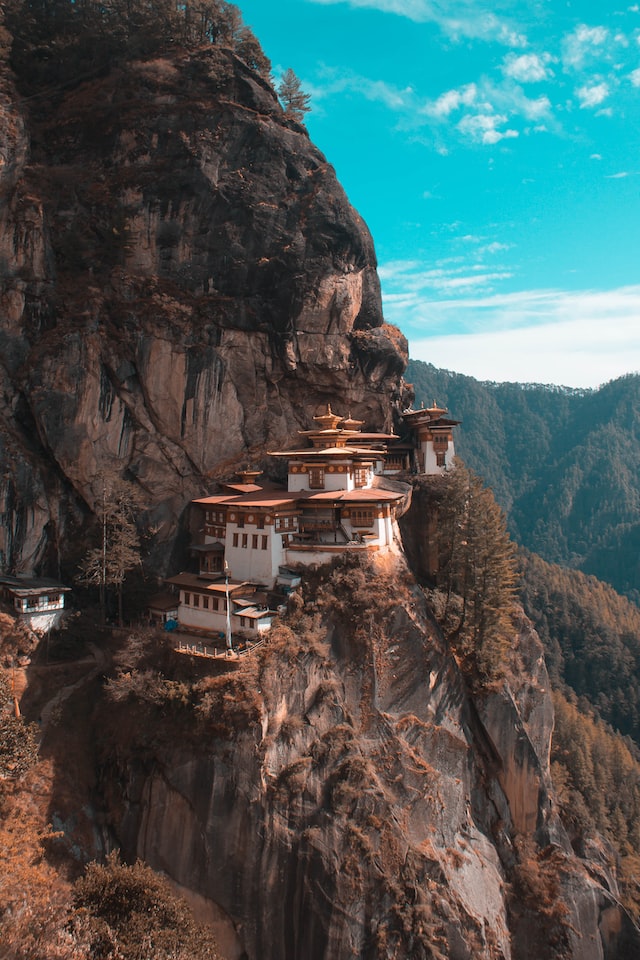
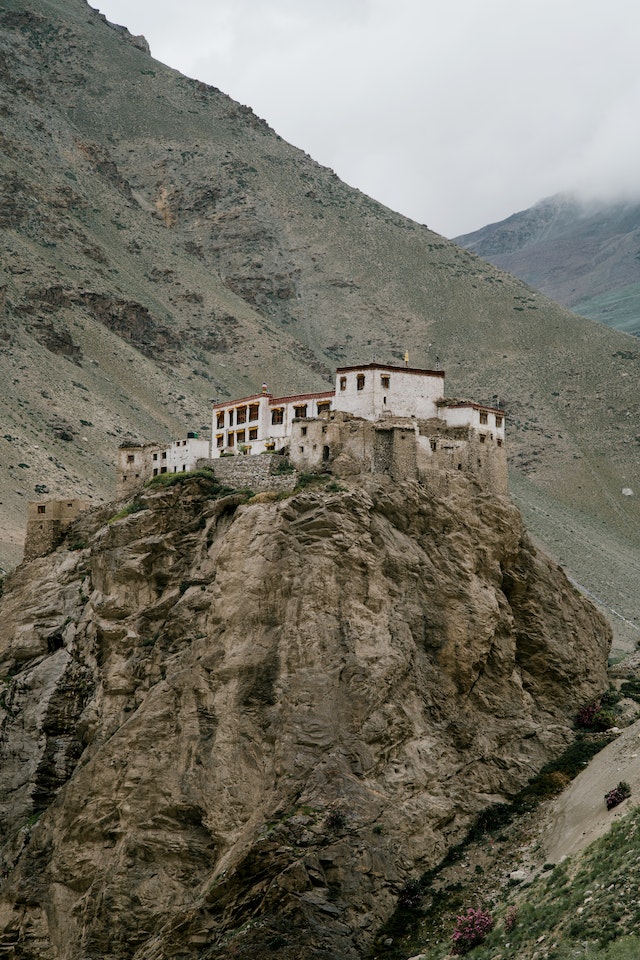



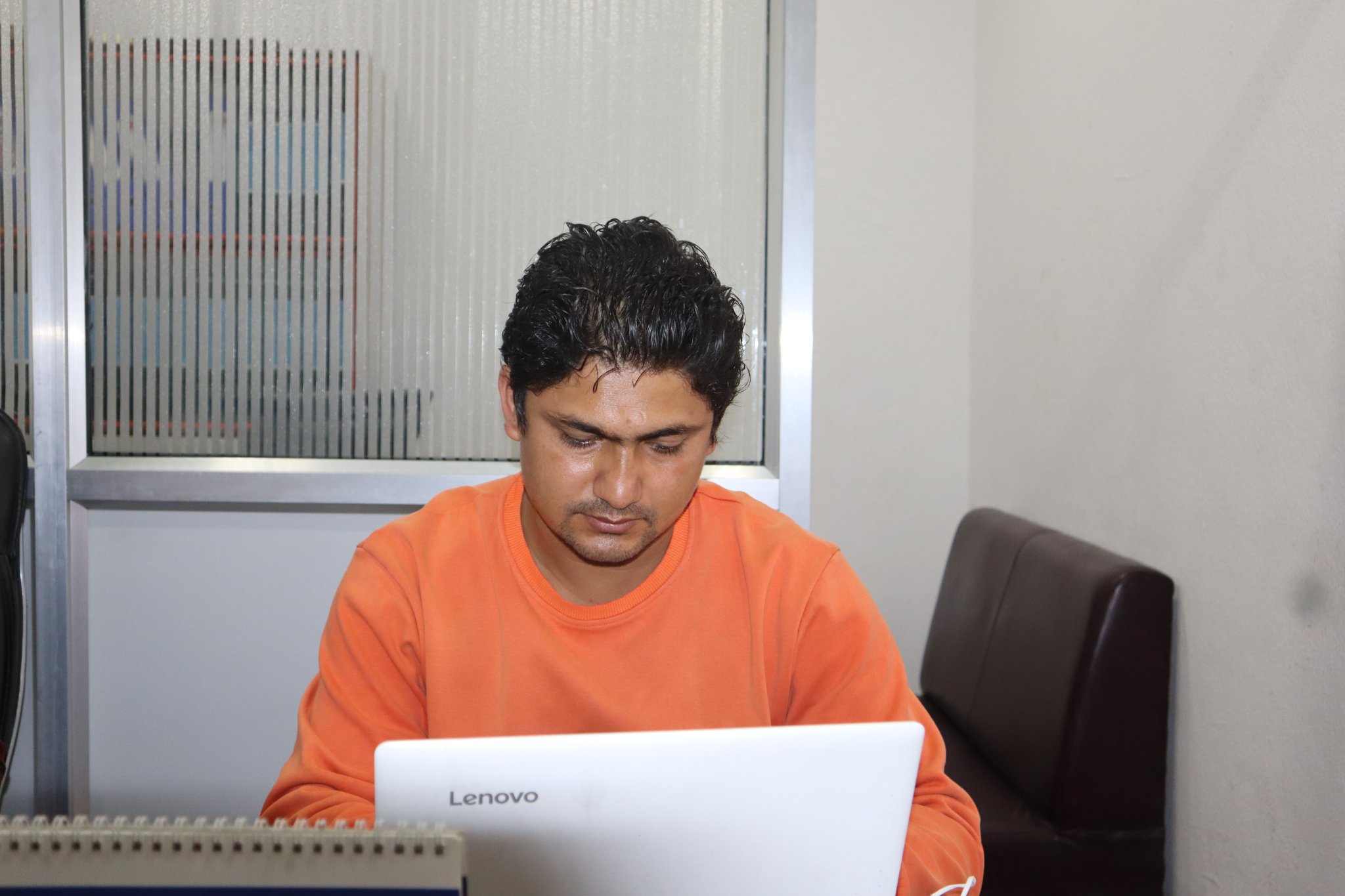

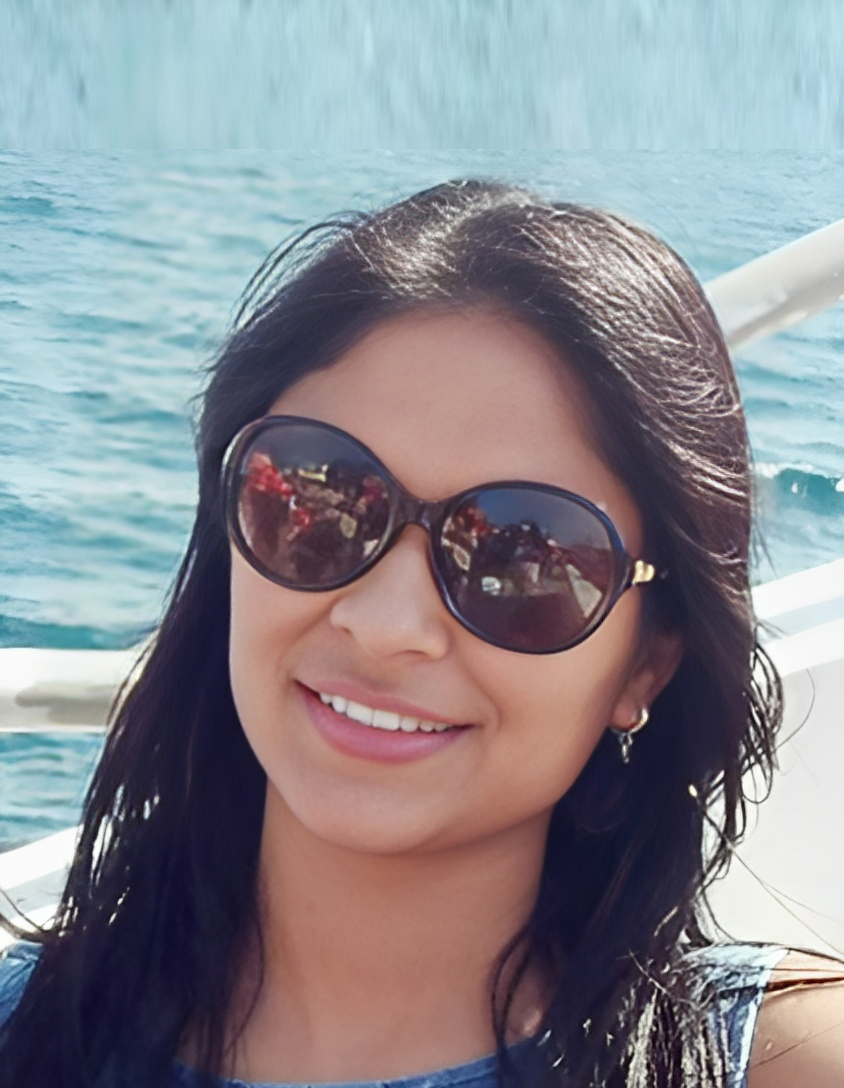

.jpg)